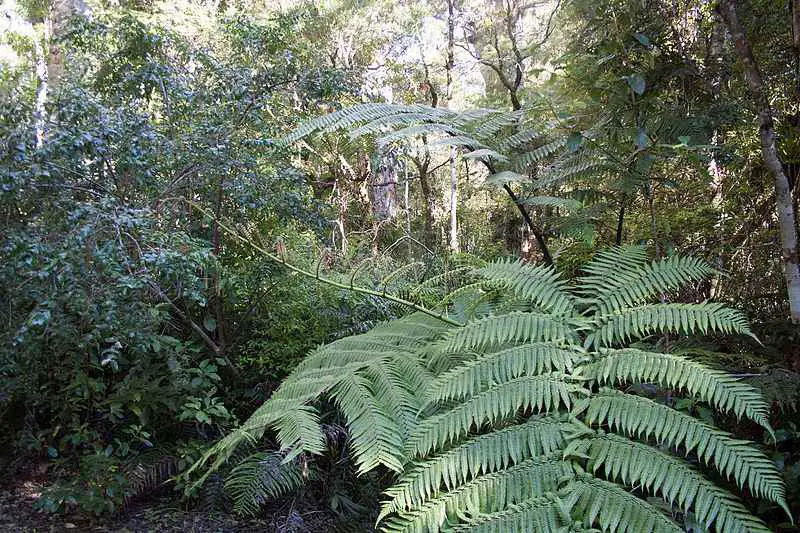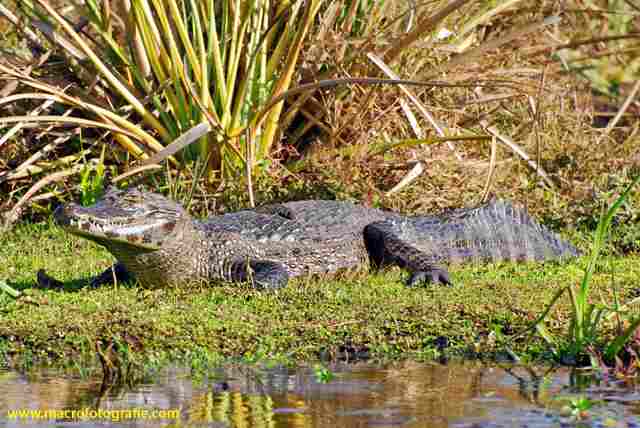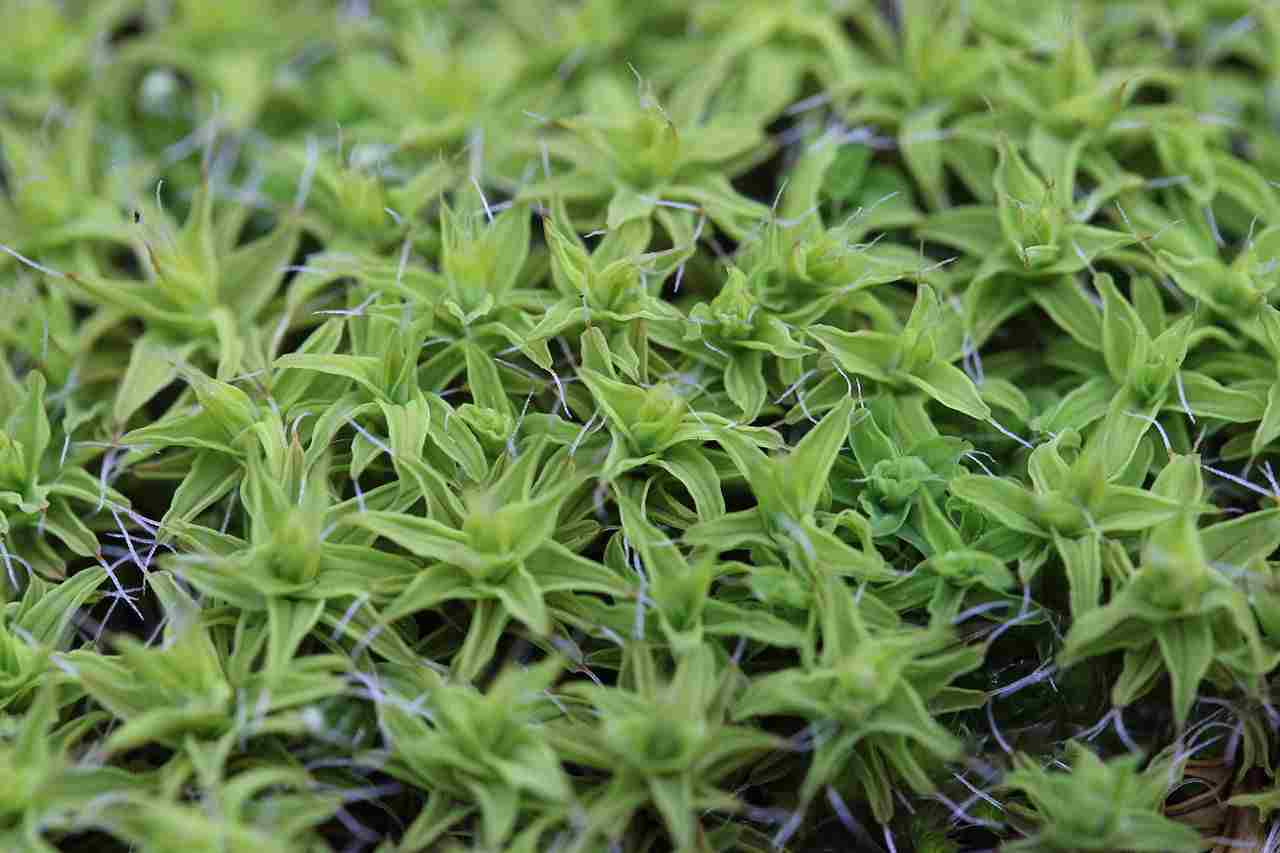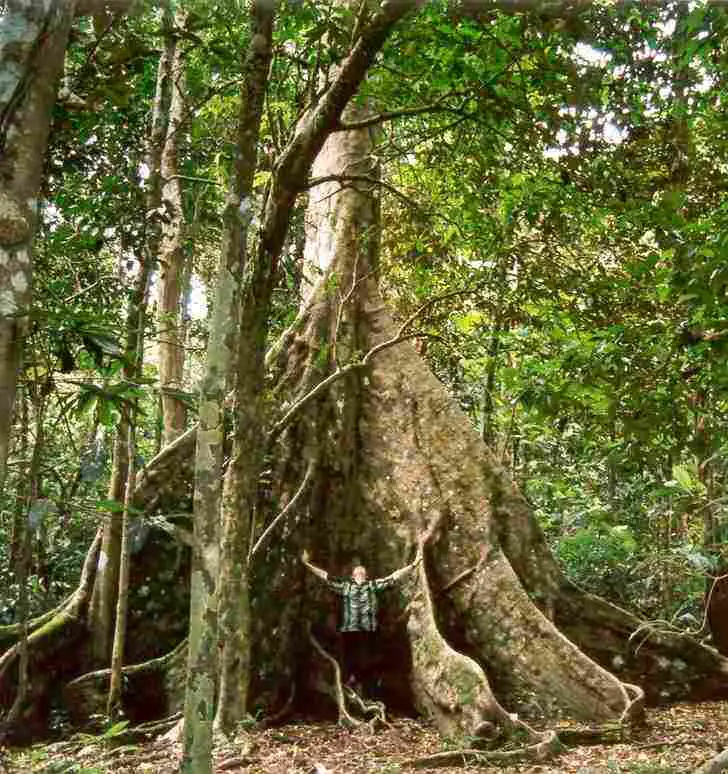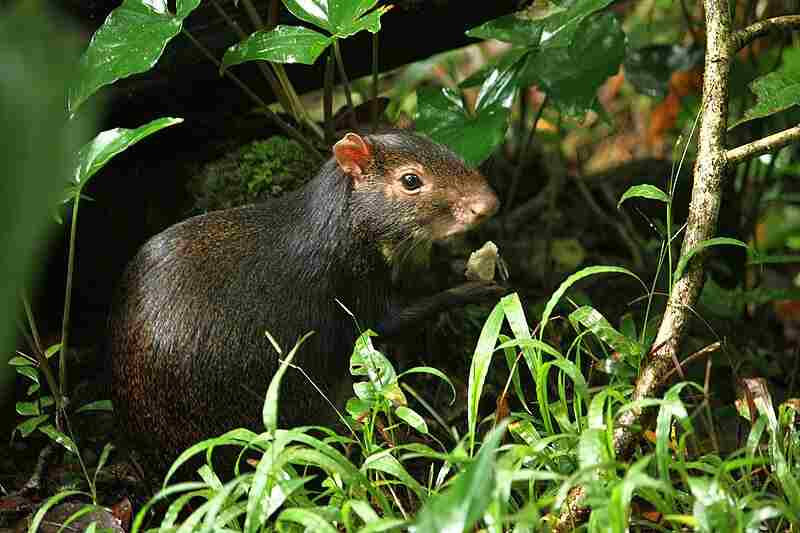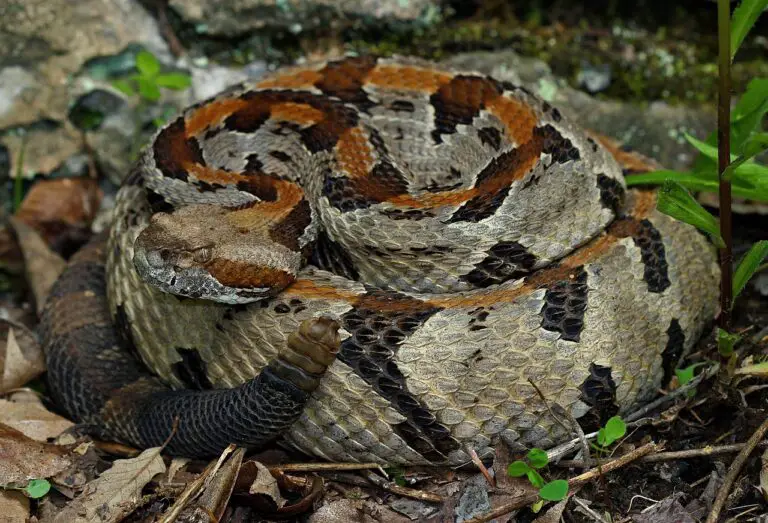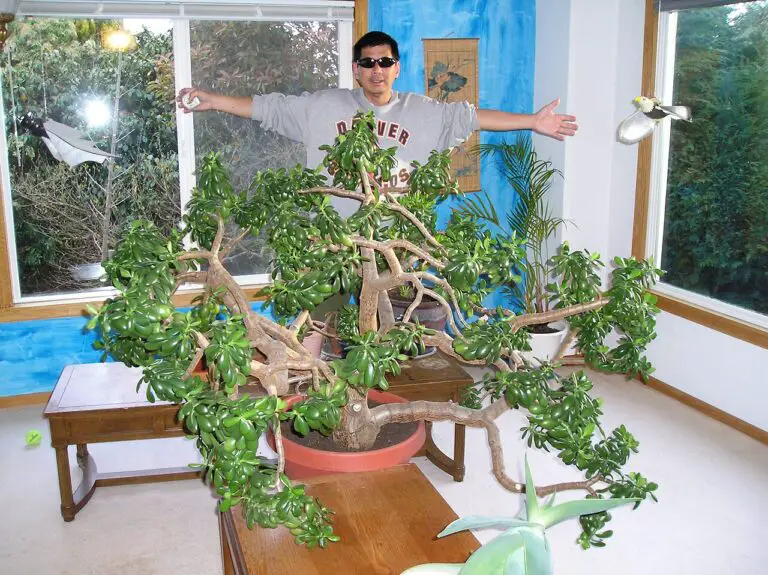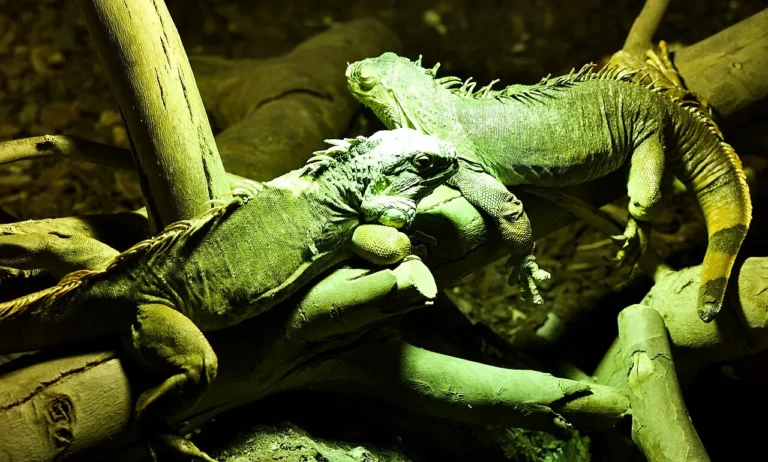7 Tropical Rainforest Plants and Their Characteristics Discussed
Tropical rainforest plants are; various species of trees, shrubs, herbaceous plants, ferns, grasses, climbing plants like vines and lianas, epiphytes, non-vascular ground-covers like mosses and lichens.
This article discusses tropical rainforest plants and their basic characteristics, as follows;
1). Trees in the Tropical Rainforest (as one of the main groups of Tropical Rainforest Plants)
One of the typical characteristics of tropical rainforests is the abundant presence of trees.
Trees are a core component of the forest structure, as they are instrumental to the formation of vegetative canopies that serve as an environment-modifier, carbon sink, food/biomass source, energy resource, and micro-habitat for multiple organic species [1].
Rainforest trees play a key role in regional mitigation of climate change, as well as in nitrogen fixation, (photosynthetic) oxygen production, and carbon sequestration. These processes lead to the recycling of nutrients and other forest resources, and are behind the sustenance of essential biogeochemical systems like the oxygen and carbon cycles, respectively.
The types of trees in tropical rainforests include; palm, buttress trees, strangler figs, and massive canopy trees.
Palm trees are a diverse group of trees with broad fronds, rigid and slender, fibrous-bodied trunks, and nuts or fruits.
The height of palm trees vary, so that they are found at various levels of the forest canopy; including the topmost level and the understory.
Buttress trees are broad-rooted, with an advanced root system for maximum anchorage and nutrient extraction. Some buttress trees in the tropical rainforest are; Silk Cotton Tree, Huberodendron duckei, and Dipterocarps.
Strangler fig trees have dense and complex root structures, and a distinctive growth pattern where they commence as epiphytes (growing attached to another plant) and replace their host plant at maturity [2].
The 'canopy trees' of the rainforest include all species of high-rising, massive trees that are prominent contributors to the vegetative canopy of the forest. Most of these trees have a vertical height of at least 50 meters. Some examples are; Brazil nut and kapok trees.

2). Shrubs in the Tropical Rainforest
Shrubs in the tropical rainforest are plants that fall below trees in terms of both height and mass.
These plants therefore dominate the understory layer directly underneath the tall canopy-trees.
Because most solar radiation falling on tropical rainforests is intercepted and absorbed by vegetation at the top of the canopy, shrubs have adapted so that their need for light (for photosynthesis) is relatively-low.
The partial shade caused by overhead vegetation provides suitable conditions for these shrubs to thrive, while contributing to the species-richness and biodiversity of the ecosystem.
Rainforest shrubs have a dense pattern of growth that is characterized by closely-arranged stems with foliage that serves as shelter for some organisms, and shade for the forest floor.
As part of adaptation for survival with less sunlight, many rainforest shrubs produce broad leaves for maximum solar capture. They are also equipped with highly-efficient photosynthetic systems to maximize the sunlight received.
By reason of their vertical position in the forest canopy, rainforest shrubs grow in contact with other understory plants like some herbaceous plants, vines, and small trees.
Lastly; shrubs grow rapidly compared to many other plants in the rainforest, and thereby play a crucial role in vegetative-regeneration and biodiversity sustenance.
3). Herbaceous Plants in the Tropical Rainforest (as one of the main groups of Tropical Rainforest Plants)
Herbaceous plants in the tropical rainforest are angiosperms with non-woody parts, which can be found in the understory, and close to the forest floor.
The lifespan of herbaceous plants is generally shorter than that of trees and several shrubs. Herbaceous plants are diverse in their species and biological characteristics; so that they may take the form of low-growing ground-cover plants, grasses and wildflowers, among others.
Like shrubs, the amount of sunlight received by herbaceous plants is relatively low, because of the shade created by canopy trees. They resultantly have adaptive features like broad and elongate leaves to make them tolerant of these shaded conditions.
As part of the forest structure, herbaceous plants occupy vegetative gaps between the topmost canopy, understory and forest floor levels. They contribute to biodiversity, and serve as micro-habitat for many rainforest animals.
4). Ferns in the Tropical Rainforest
Ferns are a group of highly-adapted plants occurring in shaded, humid sections of the tropical rainforest.
They are shade-tolerant, having elongate leaves that provide a broad surface for solar capture and photosynthesis.
Their growth patterns vary, with some being capable of epiphytic growth, on the surfaces of other plants [6]. In all cases, the pattern of growth is dictated by availability of sunlight and nutrients.
Water conservation is another ability of rainforest ferns, for which they develop thick-layered leaves and stems for minimal water loss. Often it is necessary for them to conserve water, as the overhead canopy may reduce the amount of rainfall that directly reaches the forest floor.
Regeneration in rainforest ferns is relatively rapid and effective, as they grow from spores, which are easy to disperse and germinate. Along with herbaceous plants and other low-growing species, ferns contribute to natural soil conservation in forests by reducing leaching and erosion.

5). Climbing Plants in the Tropical Rainforest (as one of the main groups of Tropical Rainforest Plants)
Climbing plants in the tropical rainforest are a group of diverse species that have adapted and evolved to achieve maximum solar exposure by growing around high structures like the trunks of canopy trees.
The two main groups of rainforest climbing plants are; non-woody vines and lianas [5]. They have flexible stems that allow them grow around other plants (the stems of lianas are thicker and more woody than those of vines).
Attachment for climbing plants is possible due to the presence of physiological features like tendrils that can adhere to surfaces. Their stems may also encircle and entwine the supportive structure in several cases.
The growth trend of climbing plants is generally controlled by sunlight, so that they tend to grow toward zones of maximum solar exposure.
Climbing plants in the tropical rainforest can be described as being epiphytic, since much of their growth is on supportive structures. They are rapid-growing and can be highly competitive, and they add to the structural complexity of rainforests.
6). Epiphytes in the Tropical Rainforest
Epiphytes are plants that are non-parasitic, but grow on the surfaces of other plants to derive support, obtaining nutrients from debris, water and air within their area of coverage.
These plants are fairly abundant in the higher and lower segments of the forest canopy, as well as the understory; where they grow in attachment to tree trunks.
Despite being attached, their non-parasitic nature means that epiphytes do not pose any harm to their host plants.
Many epiphytes have adaptations for water conservation, like waxy cuticles and hairy leaves that both absorb and retain moisture from the surroundings.
In order to acquire nutrients, rainforest epiphytes have absorptive hairs called trichomes that capture organic debris, and nutrients from the air [4].
Typical examples of epiphytic plants in the tropical rainforest are bromeliads and orchids. Others like mosses and ferns can also exhibit epiphytic growth.
7). Non-Vascular Plants in the Tropical Rainforest (as one of the main groups of Tropical Rainforest Plants)
Non-vascular plants in the tropical rainforest include mosses and lichens.
These plants are low-growing, and occur mostly on the forest floor, where they act as ground-covers or vegetative mats.
Types of mosses that grow in the tropical rainforest include; Sphagnum and Hypnum, respectively.
The ecologic roles of non-vascular plants include symbiotic relationship with other organisms like cyanobacteria [3], photosynthetic production of oxygen and biomass, epiphytic association, and formation of micro-habitats.
Conclusion
Tropical rainforest plants are;
1. Trees
2. Shrubs
3. Herbaceous Plants
4. Ferns
5. Climbing Plants
6. Epiphytes
7. Non-Vascular Plants
References
1). Asbeck, T.; Kozák, D.; Spinu, A. P.; Mikoláš, M.; Zemlerová, V.; Svoboda, M. (2022). "Tree-Related Microhabitats Follow Similar Patterns but are More Diverse in Primary Compared to Managed Temperate Mountain Forests." Springer, Ecosystems 25(3). Available at: https://doi.org/10.1007/s10021-021-00681-1. (Accessed 2 June 2023).
2). Compton, S. G.; Musgrave, M. (1993). "Host relationships of Ficus burtt-davyi when growing as a strangler fig." South African Journal of Botany 59(4):425-430. Available at: https://doi.org/10.1016/S0254-6299(16)30715-3. (Accessed 2 June 2023).
3). Kaasalainen, U. (2012). "Cyanobacteria and their toxins in lichen symbiosis." Available at: https://www.semanticscholar.org/paper/Cyanobacteria-and-their-toxins-in-lichen-symbiosis-Kaasalainen/25fc55c860fe12990273692a19f05a030fd6ebc2. (Accessed 2 June 2023).
4). Leroy, C.; Grul, E.; Quali, L. S.; Coste, S.; Gérard, B.; Maillard, P.; Mercier, H.; Stahl, C. (2019). "Water and nutrient uptake capacity of leaf-absorbing trichomes vs. roots in epiphytic tank bromeliads." Environmental and Experimental Botany 163. Available at: https://doi.org/10.1016/j.envexpbot.2019.04.012. (Accessed 2 June 2023).
5). Muller-Landau, H. C.; Pacala, S. W. (2017). "What Determines the Abundance of Lianas and Vines?" Available at: https://doi.org/10.13140/RG.2.2.35086.87360. (Accessed 2 June 2023).
6). Sulaiman, S.; Cicuzza, D. (2021). "Tropical Terrestrial And Epiphytic Ferns Have Different Leaf Stoichiometry With Ecological Implications." Available at: https://doi.org/10.21203/rs.3.rs-709718/v1. (Accessed 2 June 2023).
